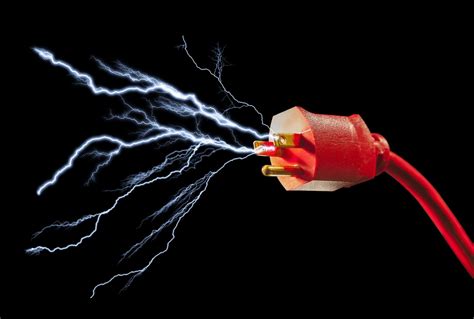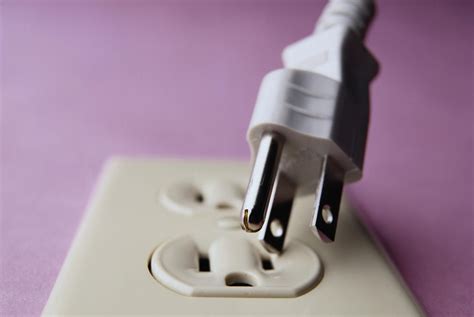
The Impact of Amperage and Voltage in Electrical Shocks
Understanding Amperage and Voltage
When it comes to electrical systems, two key terms play a crucial role in determining the severity of electrical shock: amperage and voltage. These terms are often used interchangeably, but they have distinct meanings and effects. Amperage refers to the measure of electric current flowing through a circuit, while voltage represents the force or pressure that drives the current. To better understand the dangers of electrical shock, it is essential to explore the effects of both amperage and voltage.
Effects of Amperage on Electrical Shock
Amperage plays a critical role in determining the severity of an electrical shock. The human body has a certain threshold for electrical current, and exceeding this threshold can lead to severe injury or even death. The greater the amperage, the more dangerous the shock becomes. Even low levels of amperage can cause harm, while higher amperages can be life-threatening.
Staying Safe
To ensure your safety when dealing with electricity, it is crucial to follow proper precautions:
1. Avoid contact with live electrical components: Never touch exposed wires, sockets, or electrical appliances with wet hands or when standing on a wet surface.
2. Use insulation: When working on electrical installations or repairs, always use insulated tools and equipment. Insulation provides an extra layer of protection against electrical shock.
3. Turn off the power: Before working on any electrical circuit, always turn off the power supply and use appropriate lockout/tagout procedures to prevent accidental re-energization.
Wattage and Other Electrical Terms
While amperage and voltage are vital in understanding electrical shock, there are other terms worth mentioning to provide a complete picture of electrical systems. One such term is wattage, which represents the power consumed by an electrical device. Wattage is determined by multiplying voltage and amperage, and it helps us understand the energy requirements of different appliances and devices.
Other important electrical terms include resistance, which measures the opposition to the flow of electrical current, and frequency, which refers to the number of cycles per second in an alternating current system.
Frequently Asked Questions (FAQs)
Q: Can a low-voltage shock be dangerous?
A: Yes, even a low-voltage shock can be dangerous. While high-voltage shocks are generally more severe, low-voltage shocks can still cause muscle contractions, burns, and even disrupt the body’s normal electrical signals.
Q: How does amperage affect electrical safety?
A: Amperage directly affects electrical safety. Higher amperages can cause more severe injuries, as they result in more electrical current flowing through the body. It is important to be aware of the amperage levels when working with electricity to minimize the risk of electrical shock.
Q: What should I do if someone experiences an electrical shock?
A: If someone experiences an electrical shock, it is crucial to act quickly. Follow these steps:
1. Ensure your safety: Before approaching the person, make sure the power source is turned off or disconnected to avoid getting shocked yourself.
2. Call for help: Dial emergency services or contact medical professionals immediately for assistance.
3. Do not touch the person directly: Use a non-conductive material, such as a dry wooden object or a non-metallic tool, to separate the person from the electrical source.
4. Check the person’s vital signs: If the person is
unconscious or not breathing, perform CPR if you are trained to do so until medical help arrives.
Conclusion
Understanding the differences between amperage and voltage is crucial when it comes to electrical safety. While voltage determines the force behind the electrical current, amperage plays a significant role in determining the severity of an electrical shock. By following safety precautions, such as avoiding contact with live electrical components and using insulation, you can minimize the risks associated with electrical shock. Remember, always prioritize safety and seek professional help when dealing with electrical emergencies.






